![]() The ALFA detector
The ALFA detector ![]()
A measurement at these very small angles requires a special “tune” of the machine optics, i.e., special LHC runs, since for regular running, the beam angular spread is already much larger than the typical Coulomb scattering angle. Detectors to intercept the small-angle scattered protons are inserted in the so-called “Roman Pots”, vacuum inserts connected with bellows to the beam pipe, which can be accurately moved into the vacuum beam pipe aperture to approach the beam to about 1 mm. These Roman Pot detectors are located at a 240 m distance from ATLAS in the LHC tunnel on both sides of the collision point.
High accuracy, finely grained detectors are needed in order to be able to measure the Coulomb scattering and these detectors have to approach the proton beams to a distance of 1-2 mm. The ATLAS collaboration has decided to use eight detectors built up by square scintillating fibres with a cross section of 0.5 x 0.5 mm2. Ten U and ten V planes at a 45 degrees angle, each with 64 square fibres, are used in each of the detectors. The scintillating strip detectors will be located in the focal planes at each side of the collision point. The expected resolution of the detectors is 30 µm. Scintillating strip detectors have the advantage over silicon strip detectors in that they do not suffer from electromagnetic interference coming from the intense proton beams in the accelerator. Scintillator strips can also be made with a very small dead area between the active scintillator material and the proton beam and this is important since the main challenge is to get as close to the proton beam as possible. One of the problems of doing measurements close to the proton beams at the LHC is the very high radiation levels that will damage most detector materials. These detectors will, however, be used in special runs at a low luminosity and so the radiation levels will be a million times lower when these detectors are used than at the maximum LHC luminosity.
24 photomultipliers will form a 5 x 5 matrix in each detector. The 12-stage photomultipliers have a high speed and a low noise and can read out the light from 64 scintillating fibers. The space available for the electronics in the Roman Pots is, however, extremely limited the Lund group has therefore developed three sets of small PCBs that can be mounted directly on each photomultiplier. The first board (the HV board) will contain the High Voltage divider necessary for the photomultiplier. The next board (the PMT socket board) is an adapter card that makes it possible to attach the read-out electronics directly on the photomultiplier. The read-out electronics that is situated on the third board (the FE board) will do analog and digital signal treatment. The 24 sets of small preamplifier and digitizer cards are connected to a mother board which has also been designed by the Lund group. The purpose of this card is to control all of the read-out electronics and to distribute low voltage to the daughter boards. It will supervise voltages, currents, temperatures and it will read and verify the registers. The 24 data streams from the daughter boards will be combined by the mother board and sent on a fast optical link to the counting room. It will also receive optical control signals from the electronics in the counting room.
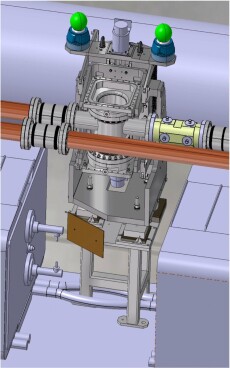 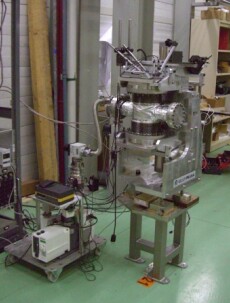 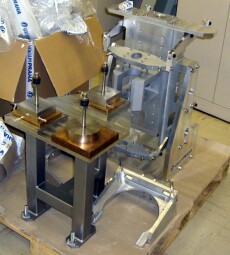 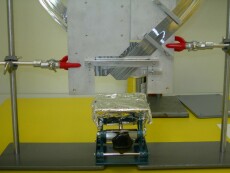 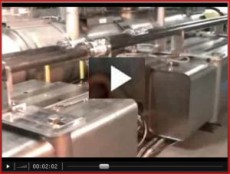 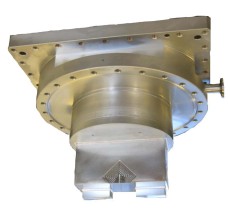 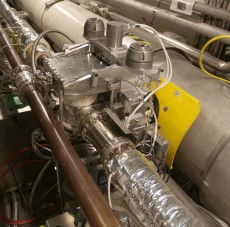 |
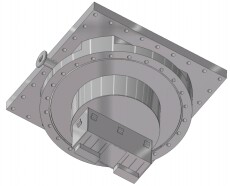 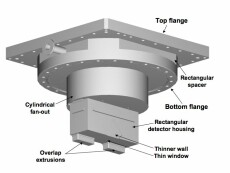   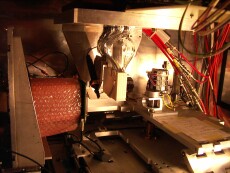   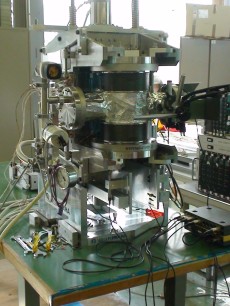 |
 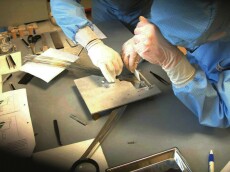  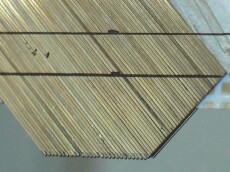 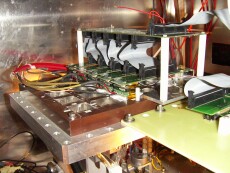 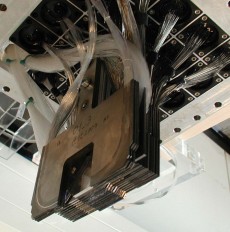 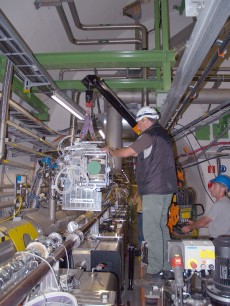 |
       |
PRESENTATIONS
"Lund Activities in ATLAS" - talk at the Particle Days in Lund (14.05.2005)
(transp. in pdf)
Responsible for the content of this page is
Vincent Hedberg
"Forward Detector Systems" - talk at the LHCC review at CERN (13.11.2006)
(transp. in pdf)
"Lund Activities in ATLAS" - talk at the Particle Days in Goteborg (21.09.2007)
(transp. in pdf)
"Status of forward detectors" - talk at the ATLAS overview week in Barcelona (05.10.2009)
(tranps. in pdf)
(video)
Last update:
11 September 2008